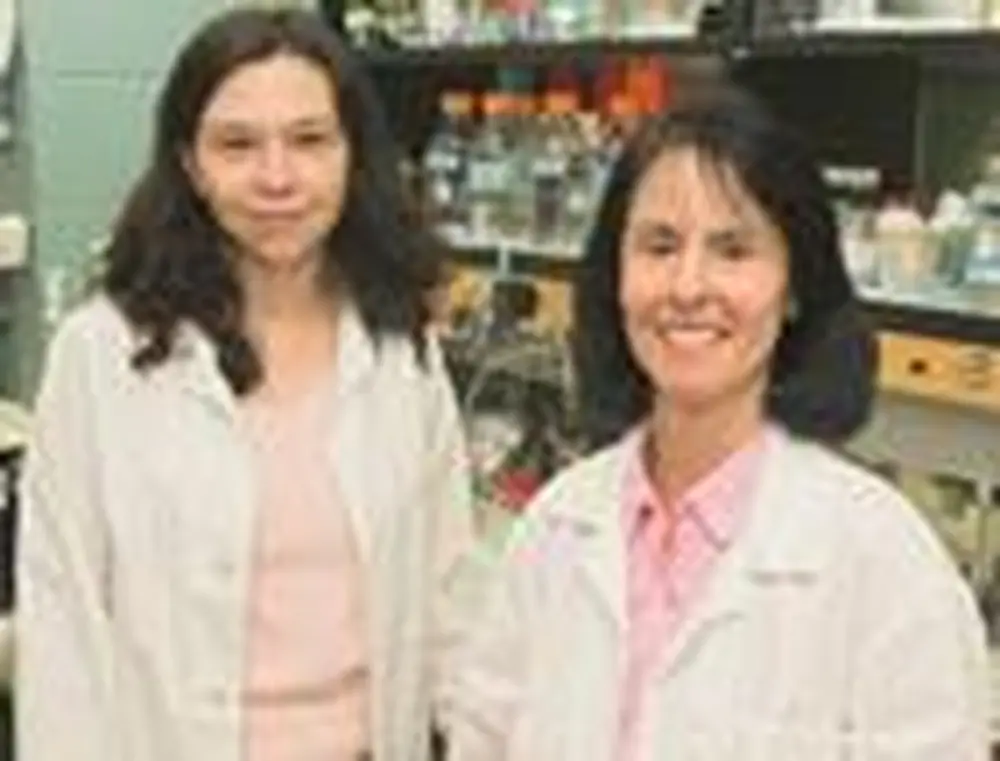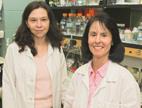

The hormone estrogen, vital to a woman's reproductive development, has been linked for several years to an increased risk of breast cancer. Now, LAS researchers have uncovered a piece of the puzzle that could help to explain why.
After exposing breast cancer cells to estrogen in the laboratory, Benita S. Katzenellenbogen, professor of physiology and cell biology in the Department of Molecular and Integrative Physiology, and postdoctoral researcher Jonna Frasor found that estrogen virtually eliminates levels of a vital protein in the cells known as N-CoR.
N-CoR is a "corepressor," a brake on estrogen's actions, making it a key player in regulating the response of cells to hormones such as estrogen. But by reducing N-CoR, "estrogen can promote the proliferation and progression of breast cancer," says Katzenellenbogen, an internationally known endocrinologist and cancer researcher.
In addition to discovering that estrogen can reduce N-CoR dramatically, Katzenellenbogen's team found that the anti-estrogen drug tamoxifen can help N-CoR levels recover. Tamoxifen is used to fight cancer in women who have estrogen-receptor positive breast tumors.
These findings may have sweeping implications, says Katzenellenbogen. For example, the research could explain some of the mixed results of women using estrogen and progesterone in hormone therapy. Until 2002, hormone therapy, such as taking estrogen, had been the most common treatment for women's menopausal symptoms.
Katzenellenbogen and Frasor also note that reductions in N-CoR over time could promote cancer development in other sites, such as the uterus, and it could reduce the desired effects of vitamin D.
Understanding the precise mechanisms of how estrogen decreases N-CoR and how tamoxifen brings N-CoR levels back up could lead to important breakthroughs, Katzenellenbogen adds. For instance, understanding these mechanisms could result in the development of related agents that do the same thing as tamoxifen without the unwanted side effects, such as stimulation of the uterus.
This research was funded by the National Institutes of Health and the Breast Cancer Research Foundation.


